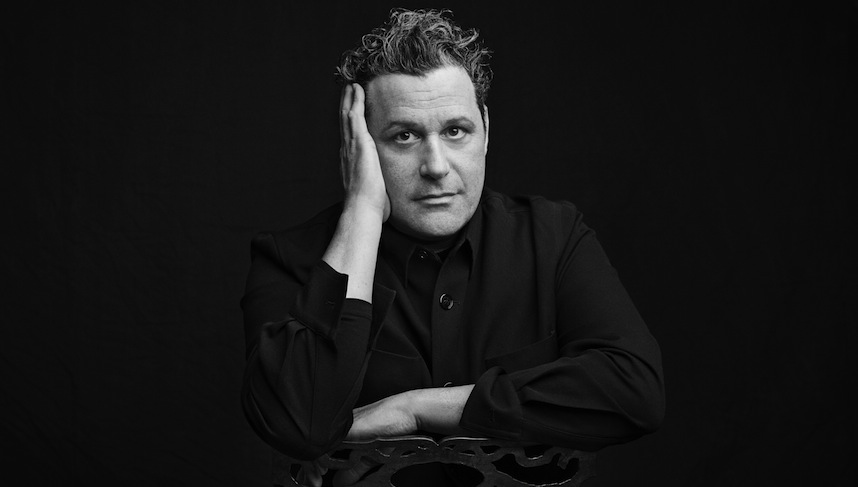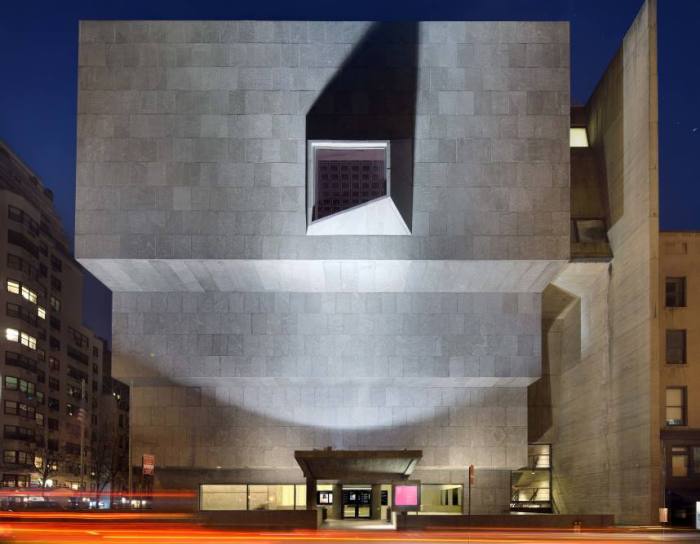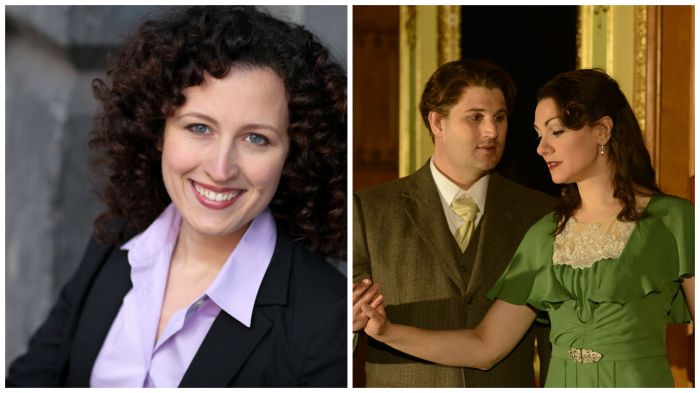When Isaac Mizrahi got a call from the Jewish Museum’s Claudia Gould about the possibility of doing an exhibition together, he couldn’t quite believe it.“I was so incredulous, I thought, ‘She has to be crazy,’” the 54-year-old designer recalls. “But I went to her office and she sort of put it to me, and I thought, ‘Well, if this lady who’s so smart and running his museum thinks it’s a good idea, I can’t fight it.’” Isaac Mizrahi: An Unruly History, which opens March 18 and runs through Aug. 7 at the Jewish Museum, takes a look at the influence, range and exuberant output of this quintessentially American designer. Comprising more than 250 works, including clothing and costume designs, sketches, photographs and video spanning nearly 30 years, the show explores Mizrahi’s unique role in fusing high style with pop culture, from his namesake label that featured voluminous ballgowns made of elevator padding and a shimmying party frock constructed from Coca-Cola caps, to his groundbreaking hi-low collaboration with Target, to his star-making turn in the 1995 documentary “Unzipped.” RELATED:Wheelchair-bound actress Ali Stroker headlines Rachel Antonoff’s NYFW show “I get very bored very easily,” says the designer about his restless creativity. “Doing the same things again and again and again … I think it makes people very sad. I look at painters who invent this one kind of way of painting and just do it and do it and do it, and I find it very sad, very repetitive and very sad.” Well, no one can accuse Mizrahi of being boring. The son of a children’s clothes manufacturer, Mizrahi began his career in sewing by making puppets as a kid. By 15, he was working with pattern cutters to create his own line, which was sold in stores. “It was very much like the clothing I am designing now,” he says of his teenage output. “It was very easy and glamorous and colorful and surprising.” The fast-moving designer has since had his own ready-to-wear label (Isaac Mizrahi New York), a demi-couture collection and even a line for QVC — not to mention his own cabaret show, several reality TV gigs (including “Project Runway All-Stars,” where he has proven as adept at hurling bon mots as OG judge Michael Kors) and steady work creating costumes for the Mark Morris Dance Company, among other performance troupes. RELATED:The Rack Shack brings lingerie and sneakers together for sexy comfort “My whole career, I’ve been kind of shying away from creating an easy formula — the way you kind of look at Chanel and it’s a boucle suit with a gardenia and some pearls, and she created that kind of thing in like the 1950s and then never stopped making it,” Mizrahi says. “I never did anything like that, really; I just kept moving along. And kept making all these crazy-looking things, and yet when you look back on it it’s very unmistakably the house.” Indeed, the throughline of Mizrahi’s work — evidenced in his handbags worn as hats, kilts turned into floor-length strapless columns or hand-painted insect dresses — is a kind of irreverence, playfulness. “I never looked at [fashion] as art,” he says. “But I always approached it from the deepest sort of recesses of my artistic ability. It’s an applied art: You’re supposed to sell dresses; you’re not supposed to sell paintings — you’re supposed to die first and then they discover your paintings and think you’re great.” Still, the trailblazing, nostalgia-averse Mizrahi still felt a little pang when putting together the show.
RELATED: Rufus Wainwright will channel Judy Garland again at Carnegie Hall “I was surprised how emotional I got looking at the final edited sketches,” he says. “That really knocked me for a loop, because more than anything the sketches represent your dearest, dearest wishes — sketches are wishes. And when you look back on those wishes, those were what the story, of the exhibition, of my life, became.”
Isaac Mizrahi made a career of avoiding boredom

Jason Frank Rothenberg

















